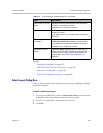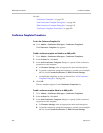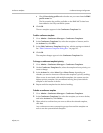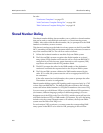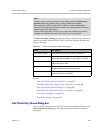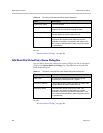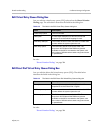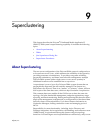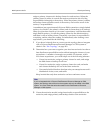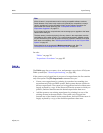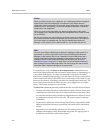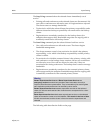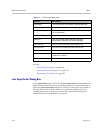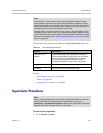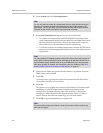
Polycom, Inc. 209
9
Superclustering
This chapter describes the Polycom
®
Distributed Media Application™
(DMA™) 7000 system’s superclustering capability. It includes the following
topics:
• About Superclustering
• DMAs
• Join Supercluster Dialog Box
• Supercluster Procedures
About Superclustering
The two-server configuration of the Polycom DMA system is configured as a
co-located two-server cluster, which enhances the reliability of the system by
providing a measure of redundancy. To provide even greater reliability,
geographic redundancy, and better network traffic management, multiple
Polycom DMA systems (either single-server or two-server systems) in
distributed locations can be combined into a supercluster.
A supercluster is a set of up to five Polycom DMA system clusters that are
geographically dispersed, but still centrally managed. The clusters in a
supercluster are all peers. There is no “master” or “primary” cluster. All have
local copies of the same data store, which are kept consistent via replication.
This common data store enables all the Call Servers to share the same site
topology, dial plan, bandwidth management, endpoint registrations, usage
reporting, and status monitoring. Sharing and replicating this data also allows
single-point management (configuration/re-configuration) of the shared data
from any cluster of the supercluster. Up to three clusters can function as
Conference Managers, hosting conference rooms and managing pools of
MCUs.
Responsibility for most functionality, including Active Directory and
Exchange integration, device registration, call handling, and conference room
(VMR) hosting, is apportioned among the clusters using site topology
territories. You can assign a set of responsibilities to each territory, and you can



